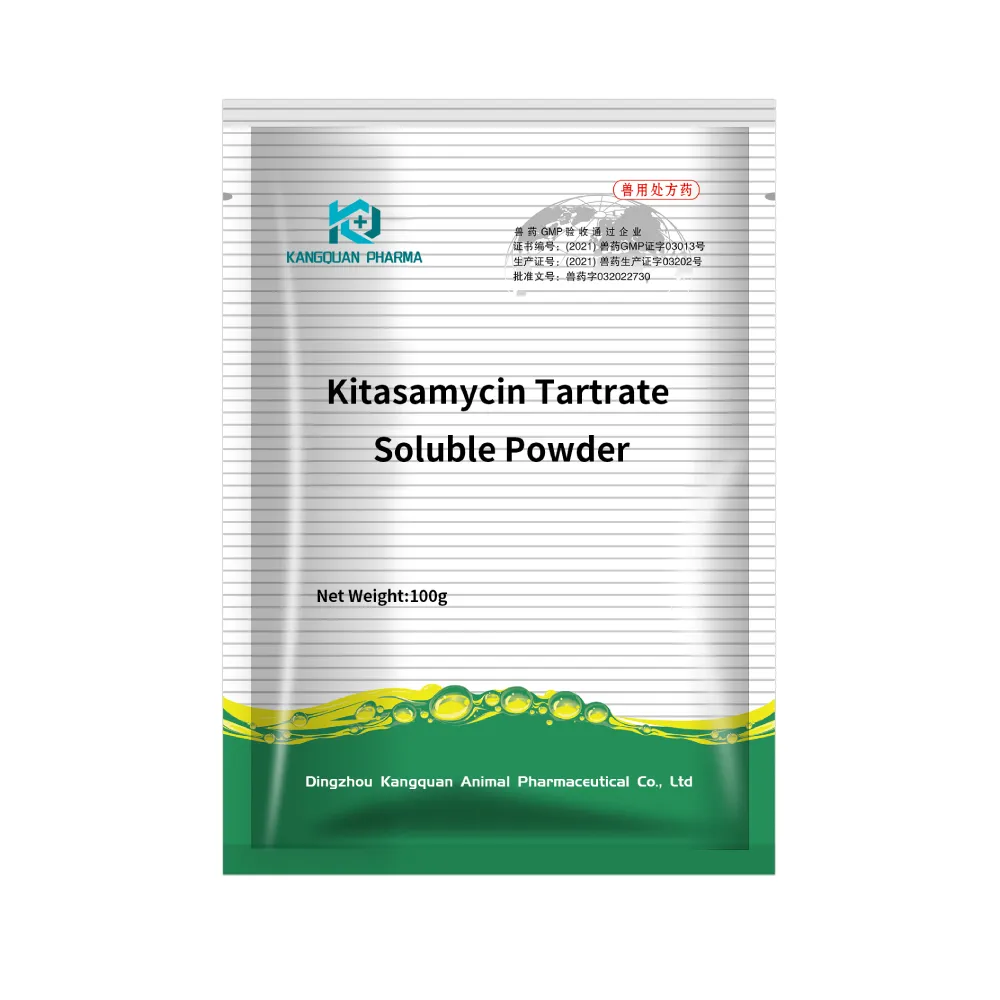- Afrikaans
- Albanian
- Amharic
- Arabic
- Armenian
- Azerbaijani
- Basque
- Belarusian
- Bengali
- Bosnian
- Bulgarian
- Catalan
- Cebuano
- Corsican
- Croatian
- Czech
- Danish
- Dutch
- English
- Esperanto
- Estonian
- Finnish
- French
- Frisian
- Galician
- Georgian
- German
- Greek
- Gujarati
- Haitian Creole
- hausa
- hawaiian
- Hebrew
- Hindi
- Miao
- Hungarian
- Icelandic
- igbo
- Indonesian
- irish
- Italian
- Japanese
- Javanese
- Kannada
- kazakh
- Khmer
- Rwandese
- Korean
- Kurdish
- Kyrgyz
- Lao
- Latin
- Latvian
- Lithuanian
- Luxembourgish
- Macedonian
- Malgashi
- Malay
- Malayalam
- Maltese
- Maori
- Marathi
- Mongolian
- Myanmar
- Nepali
- Norwegian
- Norwegian
- Occitan
- Pashto
- Persian
- Polish
- Portuguese
- Punjabi
- Romanian
- Russian
- Samoan
- Scottish Gaelic
- Serbian
- Sesotho
- Shona
- Sindhi
- Sinhala
- Slovak
- Slovenian
- Somali
- Spanish
- Sundanese
- Swahili
- Swedish
- Tagalog
- Tajik
- Tamil
- Tatar
- Telugu
- Thai
- Turkish
- Turkmen
- Ukrainian
- Urdu
- Uighur
- Uzbek
- Vietnamese
- Welsh
- Bantu
- Yiddish
- Yoruba
- Zulu
វិច្ឆិកា . 10, 2024 19:29 Back to list
Exploring the Role of Animal Nutrition in Sustainable Agricultural Practices
Animal Nutrition in Agriculture Vital for Sustainable Development
Animal nutrition plays a crucial role in agriculture, not just as a means of enhancing livestock productivity but also as a pivotal component in ensuring the sustainability and efficiency of agricultural systems. With the growing global population projected to reach nearly 10 billion by 2050, the demand for animal products such as meat, dairy, and eggs will increase significantly. As a result, understanding and optimizing animal nutrition is more critical than ever.
At its core, animal nutrition involves providing livestock with the necessary nutrients to support their growth, reproduction, and overall health. These nutrients can be broadly categorized into six essential classes carbohydrates, proteins, fats, vitamins, and minerals, along with water. Each of these components plays a specific role. For instance, carbohydrates serve as the primary energy source, while proteins are necessary for tissue development and maintenance. Fats provide concentrated energy and are essential for hormonal and cellular functions. Vitamins and minerals are critical for metabolic processes and overall immune function, helping animals resist diseases, which is especially important in intensive farming settings.
Animal Nutrition in Agriculture Vital for Sustainable Development
The integration of science and technology in animal nutrition has led to significant advancements. Nutritional genomics, for instance, explores the relationship between nutrition and gene expression, paving the way for tailored feeding strategies that enhance animal performance and health. Furthermore, the development of feed additives, such as probiotics and prebiotics, can promote gut health and improve nutrient absorption. These innovations help optimize feed efficiency, ensuring that livestock convert feed into body mass more effectively while reducing waste production.
animal nutrition in agriculture

Sustainability in animal nutrition is paramount amidst the pressing need to reduce the environmental impact of livestock farming. The livestock sector is a significant contributor to greenhouse gas emissions, and optimizing feeding practices can mitigate these effects. Strategies such as precision feeding, which involves adjusting nutrient supply to match the specific needs of an animal, can significantly reduce feed waste and lower emissions. Moreover, using alternative protein sources, such as insects or algae, can lessen the reliance on traditional feed crops, further decreasing the environmental footprint of livestock farming.
Another critical aspect of animal nutrition in agriculture is food security. Livestock provides a vital source of protein and other essential nutrients for millions of people worldwide. Improving animal nutrition not only enhances livestock productivity but also contributes to greater food availability. Furthermore, regional feed production can stimulate local economies and reduce dependence on imported feed, which is subject to price fluctuations and availability issues.
Nonetheless, challenges persist in animal nutrition research and application, particularly in developing regions where resource constraints can hinder access to high-quality feed and nutritional information. Education and training for farmers in these areas are crucial to improving livestock health and productivity. Collaborative efforts among governments, research institutions, and agricultural organizations can facilitate the dissemination of knowledge and resources, leading to sustainable practices that benefit both farmers and consumers.
In conclusion, animal nutrition is a cornerstone of agricultural systems, integral to enhancing productivity, ensuring sustainability, and promoting food security. As the global landscape evolves, ongoing research, innovation, and education will be essential to address the challenges in animal nutrition. By embracing these advancements and fostering a comprehensive understanding of animal dietary needs, the agriculture sector can meet the demands of an ever-growing population while safeguarding the environment for future generations.
-
Guide to Oxytetracycline Injection
NewsMar.27,2025
-
Guide to Colistin Sulphate
NewsMar.27,2025
-
Gentamicin Sulfate: Uses, Price, And Key Information
NewsMar.27,2025
-
Enrofloxacin Injection: Uses, Price, And Supplier Information
NewsMar.27,2025
-
Dexamethasone Sodium Phosphate Injection: Uses, Price, And Key Information
NewsMar.27,2025
-
Albendazole Tablet: Uses, Dosage, Cost, And Key Information
NewsMar.27,2025













